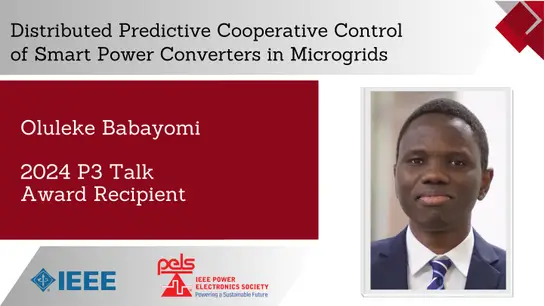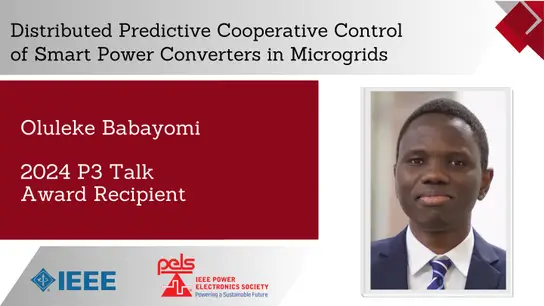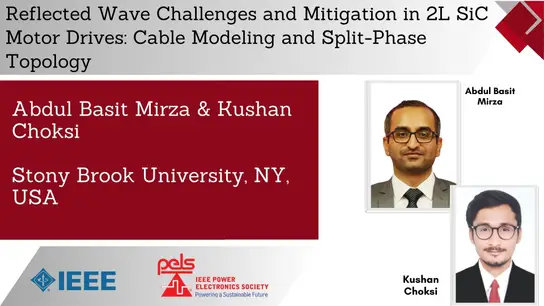-
Members: FreePELS
IEEE Members: $11.00
Non-members: $15.00Length: 01:02:56
13 Jul 2022
Abstract: The concerns related to greenhouse gas emissions and energy pricing have led to a huge focus on green energy integration with the power grid. As a result, the nature and structure of the power grid are changing fast with the incorporation of distributed generation and microgrids, which is posing many challenges. Consequently, there is an effort to incorporate smartness in the grid for better control of power to ensure high quality, availability, cost optimality and security. A major issue with green energy sources is that they are intermittent, which necessitates energy storage or some other support. Another issue is that the green energy interfaces do not exhibit characteristics like the synchronous generators do in a conventional grid. Thus, the green energy integration does not add any natural inertia in the system, which raises stability issues. As more and more green energy is integrated with the grid, these issues are bound to escalate. Energy storage can help resolve these issues. At the same time, research on microgrids has highlighted the importance of smaller power systems, having better controllability and flexibility to use locally available green sources. Clearly, the future power grid can be expected to be a cluster of several microgrids with de-centralized control. However, microgrids being much smaller systems, need strong energy buffers for their successful operation. This webinar will focus on some of these issues and highlight the indispensability of energy storage in dealing with certain aspects of the future power grid.
Primary Committee:
PELS


